SpaceX successfully launched satellites into orbit Friday afternoon from the Kennedy Space Center.
The Falcon 9 rocket carried 53 Starlink satellites into low orbit.
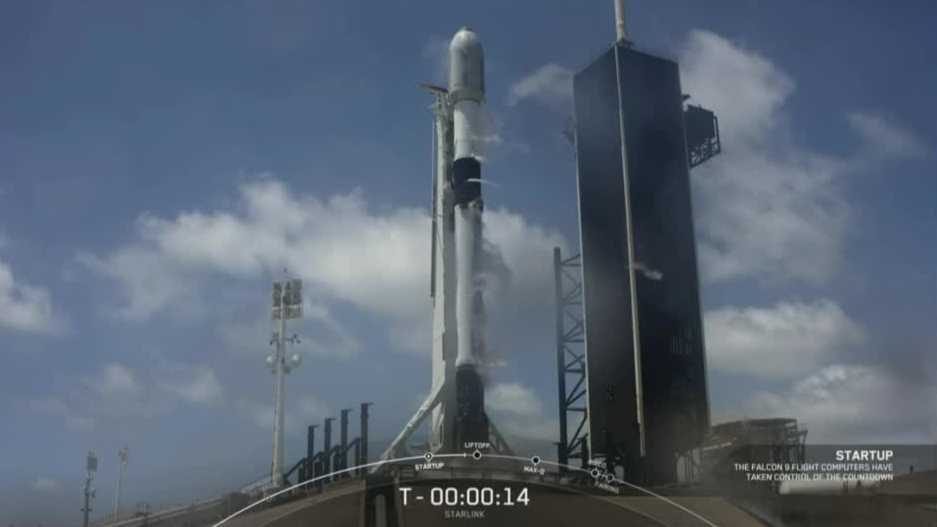

This sci-fi megastructure has captivated big thinkers for decades. A leading expert in astrobiology tells us how to construct one.
The paper focused more on theory than engineering, and Dyson provided scant details on what such a megastructure might look like or how we might build one. He described his sphere only as a “habitable shell” encircling a star. But that was enough to captivate and inspire astrophysicists, scientists, and sci-fi writers. In some depictions, the Dyson Sphere, as it became known, appears as a massive ring encircling a star and reaching nearly to Earth. In others, the Sphere completely encases the sun, a hulking megastructure capturing every bit of that star’s energy. In addition to scientific works, Dyson Spheres have appeared in novels, movies, and TV shows—including Star Trek —as a home for advanced civilizations.
Dyson himself understood the challenges of constructing such a massive structure, and he was skeptical that it might ever happen. Nonetheless, his Sphere has stirred ambitious ideas about the future of our civilization, and it continues to be offered as a solution to some of humanity’s most dire dilemmas. Harnessing the total energy of our sun—or any star—would solve our immediate and long-term energy crisis, but when civilization gains access to the complete energy output of a star, meeting our terrestrial energy needs is just the beginning.
With so much energy available, we could direct high-powered laser pulses toward exoplanets that we think may contain life, immeasurably expanding our chances of communicating with distant civilizations. These Dyson-powered beams could travel farther into the universe than anything currently possible, penetrating the higher-density areas of space, such as dust clouds, which decay the signals we send now.
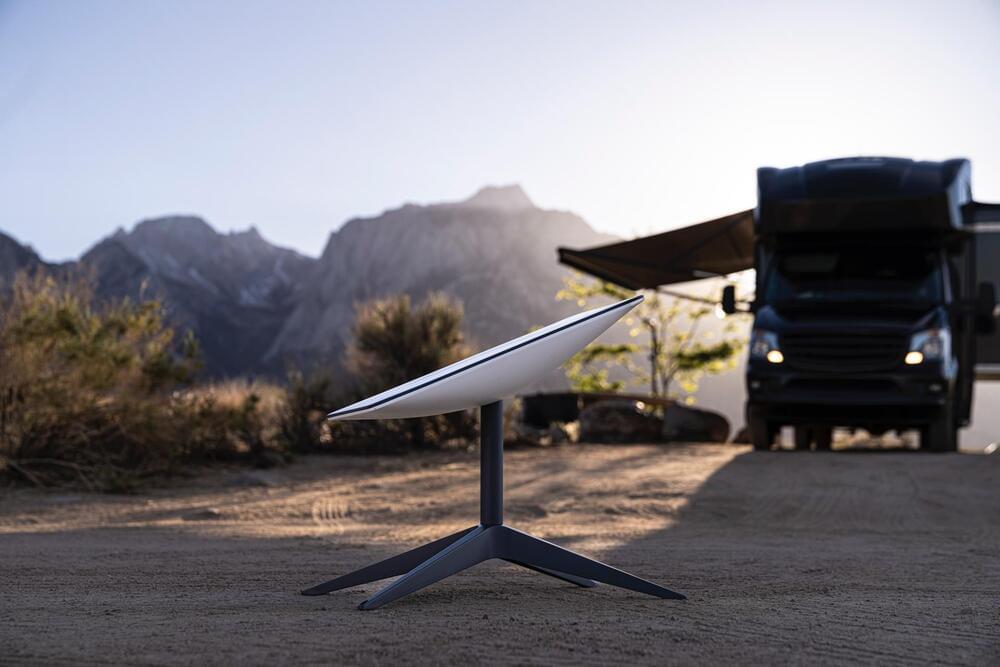

Elon Musk said deploying Starlink at sea ‘will be relatively easy.’
SpaceX’s Starlink internet is living up to its billing as a service that will be available almost anywhere on Earth, including in the air and out at sea.
That’s because the satellite internet service may soon be available for passengers aboard Royal Caribbean Group cruise ships, according to a blog post from the company.

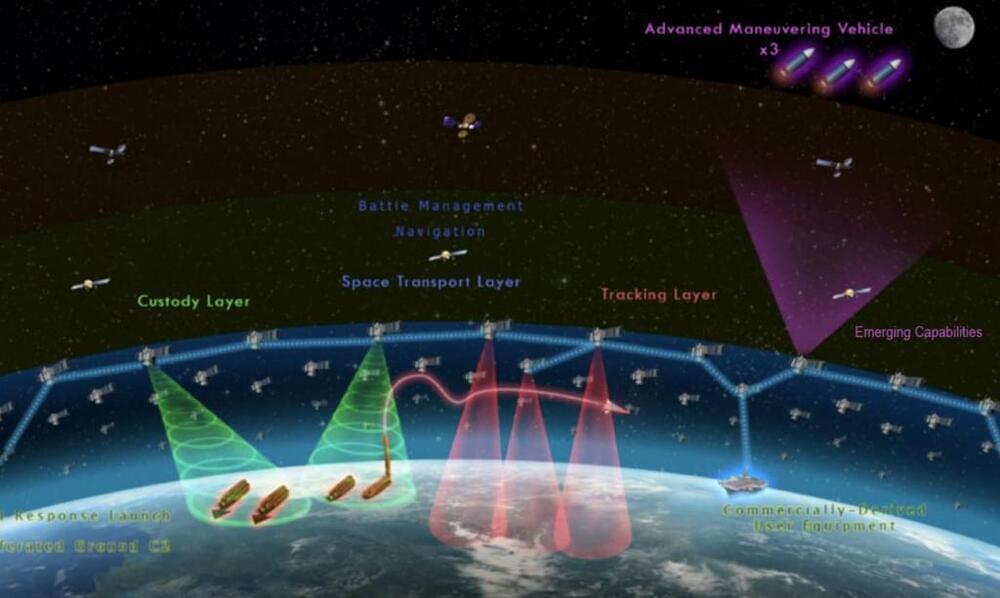
WASHINGTON — The Space Development Agency is looking to acquire as many as 10 satellites to host military payloads for experiments in low Earth orbit.
This new procurement of satellites – known as the NExT experimental testbed – replaces a previous SDA program called T1DES announced last fall.
The T1DES procurement was for 18 satellites hosting industry-developed experimental payloads. The plan was to integrate them with the agency’s 126-satellite broadband constellation known as the Transport Layer Tranche 1 projected to launch in 2024. Under the new plan, SDA will move forward with the deployment of the Transport Layer and will select a separate contractor to produce 10 satellites that will host government-developed payloads for technology experiments.
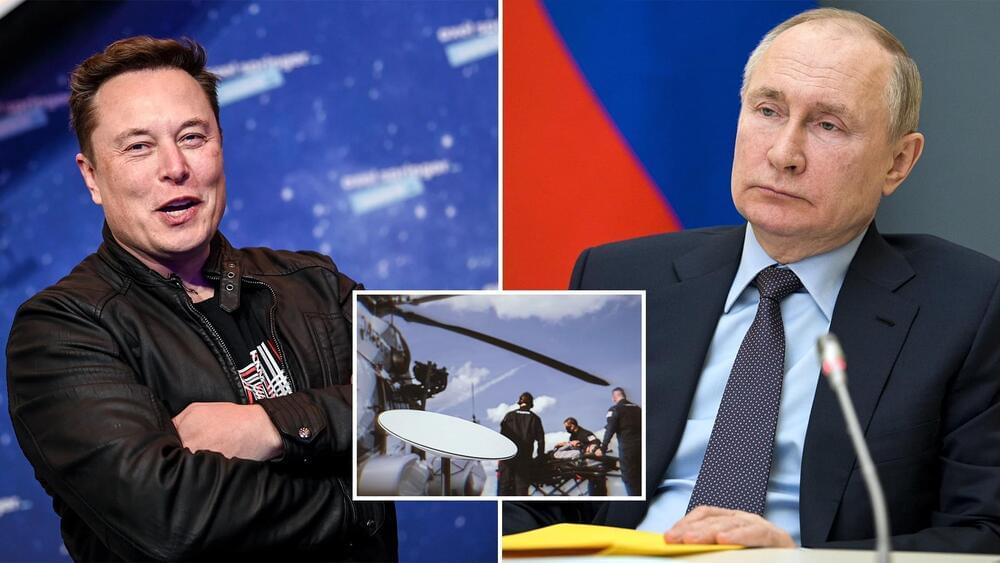
Elon Musk and his Starlink Internet service, according to a US general, are responsible for keeping Ukrainian communication links up despite Russian attempts to shut them down. In a June 8 Politico piece, Brig. Gen. Steve Butow, head of the space portfolio at the Defense Innovation Unit, the Pentagon’s Silicon Valley tech outpost, said: “The strategic consequence is that it completely devastated [Russian President Vladimir] Putin’s media campaign.”
“He has never been able to quiet (Ukrainian President Volodymyr) Zelenskyy to this day.” Elon Musk, the billionaire entrepreneur, and his SpaceX firm are working on a satellite network and Earthbound receivers that will beam the Internet throughout the world, reaching locations that previously couldn’t access high-speed internet. The messages going between Earth’s receivers and a “constellation” of satellites flying approximately 342 miles above the surface, according to the business, are quicker than fiber-optic networks and can reach more distant parts of the world.
Musk sent the equipment to Ukraine in March after authorities there requested them after Russia’s incursion on February 24, according to the Washington Post. “While you try to colonize Mars — Russia try to occupy Ukraine! Russian missiles strike Ukrainian civilians while your rockets successfully land from space ” Mykhailo Fedorov, Ukraine’s Vice Prime Minister, sent Musk a tweet on February 26. ” We request that you deliver Starlink stations to Ukraine and address sane Russians to stand.”


Elon Musk last week told SpaceX employees the company isn’t likely to take its Starlink satellite internet business public until 2025 or later, CNBC has learned, extending the estimated timeline for an initial public offering yet again.
“I’m not sure exactly when that [IPO] is, but maybe it will be like — I don’t know, just guessing — three or four years from now,” Musk said at an all-hands meeting of the private company’s employees on Thursday, according to an audio recording obtained by CNBC.
Musk emphasized, as he has previously, that the Starlink business needs to be “in a smooth sailing situation” with “good predictability.” At that point, “I think spinning it off as a public company can make a lot of sense,” the SpaceX CEO said.
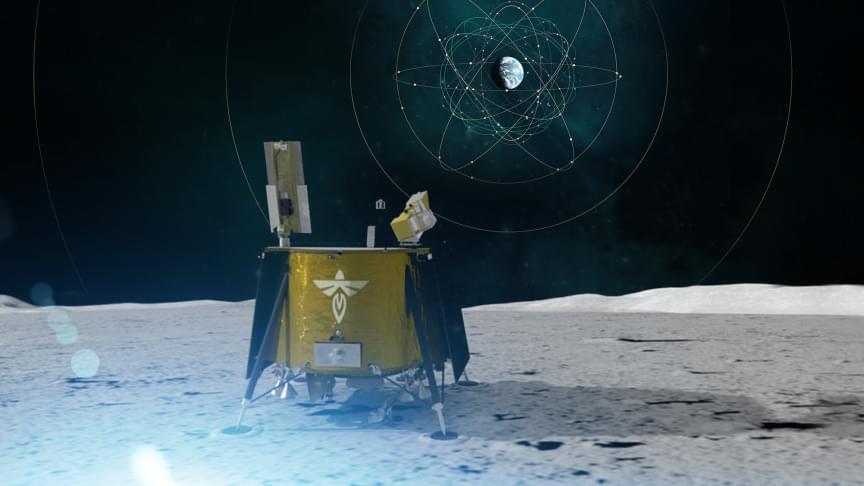
GPS might rely on satellites to function on Earth, but its use in space is a little trickier.
NASA is preparing to test a new lunar navigation system that will connect to the Earth’s Global Navigation Satellite System (GNSS) from the moon, a report from the space agency explains.
The unprecedented mission will break a record for the most distant connection to GPS at roughly 238,000 miles from Earth’s surface. It will be delivered to the moon for testing by Firefly Aerospace’s Blue Ghost lander no earlier than 2024, NASA says.